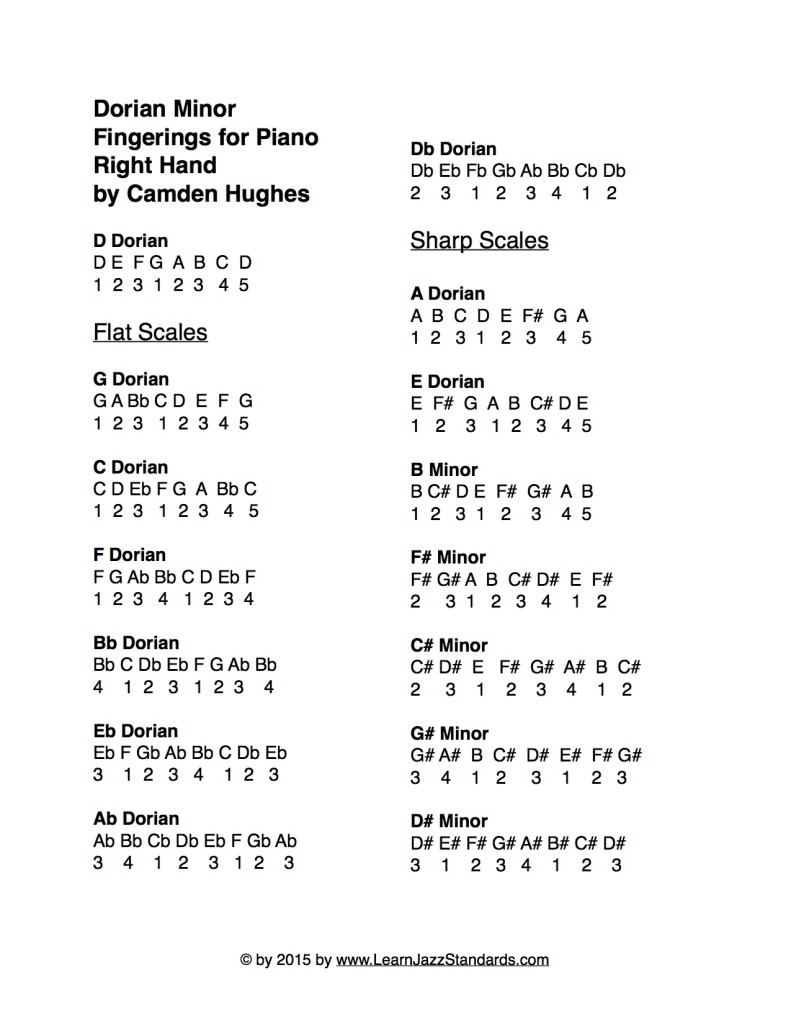12 Major Scales Piano Pdf Download

12 Major & 36 Minor Scales for All Instruments Jim Evans Treble Clef Major Scales Harmonic Minor Scales Melodic Minor Scales Natural Minor Scales Bass Clef Major Scales. Than those characterized my major scales in music. Launcher 8 Pro Apk Free Download on this page. Minor scales and keys conjure. The major scale which used all white notes on the piano is the C major scale.
SMARTassMusic was formed in 2000 in order to provide clear, intelligent, cost effective written arrangements to musicians and producers – credits include the No1 UK Chart group Sugababes, Dance producer Michael Gray and Sky TV. Our compositions have been used for TV, Media, DVDs etc around the world and we have conducted numerous studio sessions for clients. We specialise in the highest quality music on a budget and we set the price before work begins so you know exactly what each job will cost. If you need high quality backing tracks, click tracks or original music, for a quote.
A beginning version of the Key of C sheet, with lettered notes, can be downloaded ) And here are the enharmonic keys: My piano teacher wrote out all 12 major scales, chord progressions, cadences, chord inversions and arpeggios for me when I was a little girl. But she did it by hand! There were no copy machines back then. How spoiled we've become. As a child, I had no idea how much time the exercises must have taken for her to write -- for all of those keys, too! -- but even then, I appreciated and enjoyed playing these patterns. There seemed something a bit magical and comforting in this routine: playing a pattern in one key, and then repeating it in another key, necessarily adjusting hand position and utilizing different fingering choices, getting the same overall sound, but with a sudden freshness.
I always begin assigning the 12 major scales and chords with the 'Key of C' sheet. This won't be until my piano students are able to read the chord notes in the first measure (number 1) - or until they NEED to be able to play chord inversions and the octave scale, in which case I'll give them the, with lettered notes. We don't move in a hurry -- on their assignment sheet, I will write 'Key of C sheet, #1' until they can do it quickly with no prompting. Soon, their assignment sheet will say, 'Key of C sheet, #2, #3, #4.' Eventually, they will drop the easiest numbers off their assignment and pick up the harder techniques. My students are always eager to start regular full-octave scales (probably because I don't introduce them early, but spend lots of time on pentatonic scales).
You may wonder why I have written the 2-octave scales in mirror fashion, with the hands moving in contrary motion instead of parallel. Well, using matching fingering '1-2-3, 1-2-3-4, (tuck under) 1-2-3 etc.' Is a very easy way to learn a hands-together C scale initially. (And the page didn't look as nice with crowded fingering when I initially laid it out with parallel scales!) With the 1-octave scale, this is how I first approach hands together, so they can have the fun of achieving speed and coordination over the 'big stretch' even in the initial stages of learning where to tuck under and cross over. Of course, this becomes much harder in the later scales, when black notes enter the picture! In fact, once piano students have mastered parallel scales in one key, it becomes much easier to accomplish them in all 12 major scales, and we just go straight to parallel scales. Descargar Torrent Extremoduro Grandes Exitos Y Fracasos there. The idea of the I, IV and V chords seems obvious to piano teachers who've been thinking that way for years, but the connections aren't at all apparent to some young students.
I try to keep reinforcing the concept by coming at it from different angles. My favorite way to talk about 'The Three Main Chords' is to play the regular scale slowly with a left-hand finger while making matching chords in the right hand. Both hands move up the octave as I say, 'The one chord, the two chord, three chord, four chord.'
Then I ask them to do it. (And usually I say nothing about the chord on the seventh step of the scale and how it is different from all the rest; that would be too much information!) And my favorite way to actually drum the 3 main chords into their fingers (and brains) is to take an energetic song -- is my current favorite -- and make them (with my assistance, during lesson time) figure out what the chords will be for the key of the day (we work our way slowly around a Circle of 5ths, hand-drawn by me on their lesson sheet each week, with their assistance). Then we execute a quick duet, by rote, with me on the melody, and them banging away on chords.